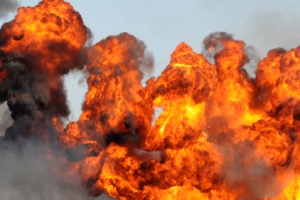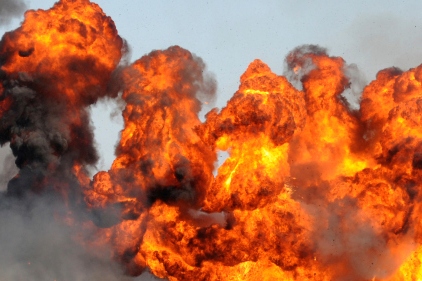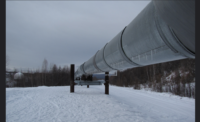 About every other day during the past decade, a gas leak in the United States has destroyed property, hurt someone or killed someone, a USA TODAY Network investigation finds. The most destructive blasts have killed at least 135 people, injured 600 and caused $2 billion in damages since 2004.
About every other day during the past decade, a gas leak in the United States has destroyed property, hurt someone or killed someone, a USA TODAY Network investigation finds. The most destructive blasts have killed at least 135 people, injured 600 and caused $2 billion in damages since 2004.
The death toll includes:
• The explosion that leveled part of a New York City block in East Harlem in March, killing eight and injuring 48 more.
• A blast that flattened the concrete floors of an apartment building in Birmingham, Ala., killing one woman in December.
• A flash fireball in 2012 that left an Austin man dead, a scarred foundation where his house once stood and debris strewn across yards of his neighbors.
The gas leaks that fueled those blasts are not uncommon, according to the report. Neither is the cast-iron pipe — some of it more than a century old — that is the chief suspect in each of those three explosions and many others, according to the investigation by USA TODAY and affiliated newspapers and TV stations across the country.
The totals don't include tens of thousands more hazardous gas leaks that were caught before disaster struck.
The causes are many and complex, and often outside of the utility company's control, from construction workers hitting a gas pipe while digging to weather. But one concern persists: aging bare-metal gas pipes that are susceptible to rust and corrosion, which can lead to leaks.
Federal data indicates tens of thousands of miles of cast-iron and bare-steel gas lurk beneath U.S. cities and towns — despite the pipes being a longtime target of National Transportation Safety Board accident investigators, government regulators and safety advocates.
The Pipeline and Hazardous Materials Safety Administration has been pushing gas utilities for more than a decade to replace aging pipes with more resilient materials like plastic, though it's not required by law. The industry has responded by replacing thousands of miles of pipe. It can cost $1 million per mile, or more, to replace aging pipe, costs typically passed to customers.
Aging pipes are a high-risk manifestation of the country’s crumbling infrastructure. Natural gas is piped into 67 million homes and at least 5 million businesses, schools and other buildings across the country, with gas distribution and service lines snaking beneath most neighborhoods in American cities.
Leaking gas accumulating in buildings, basements and crawl spaces — if ignited — can explode with a force akin to a small but concentrated earthquake. Rapidly expanding pressure can blow out windows, roofs and support beams, collapsing buildings.



